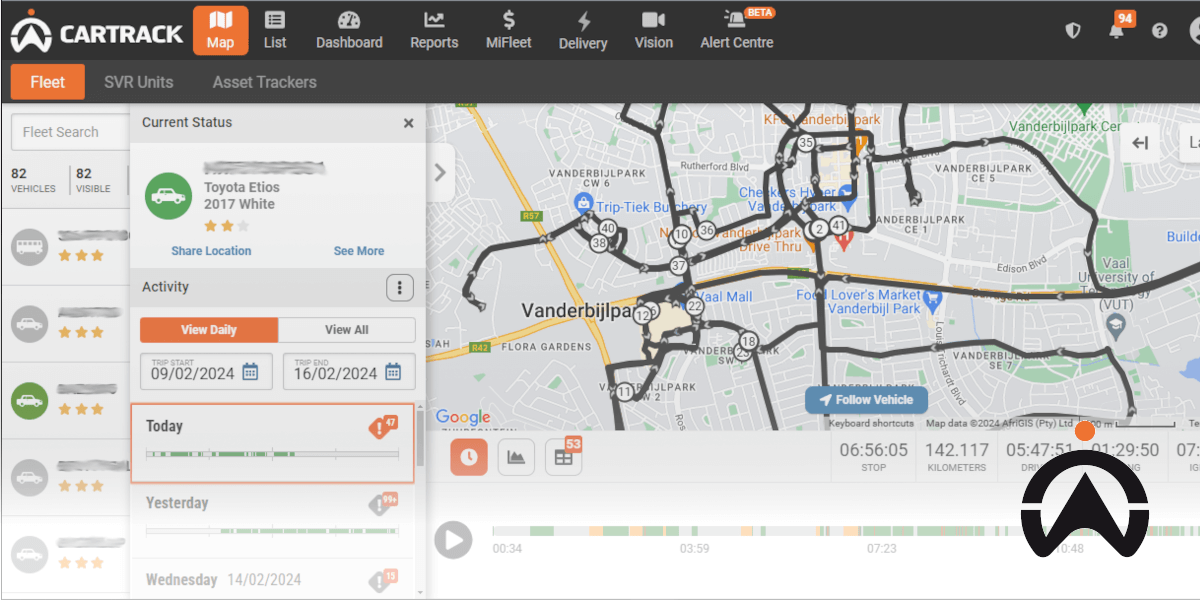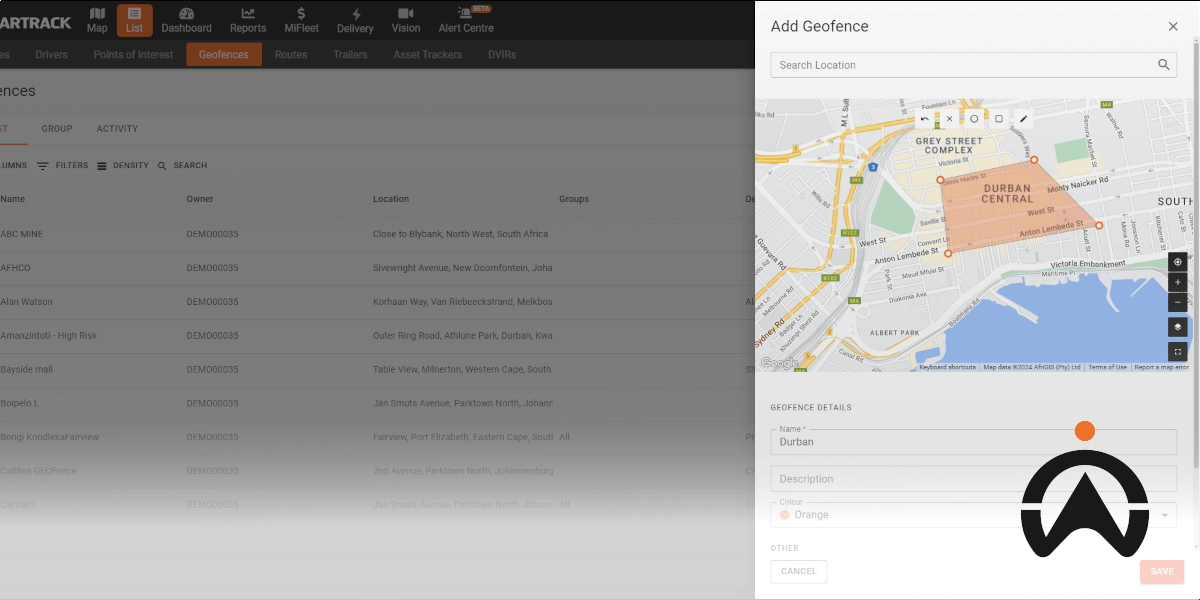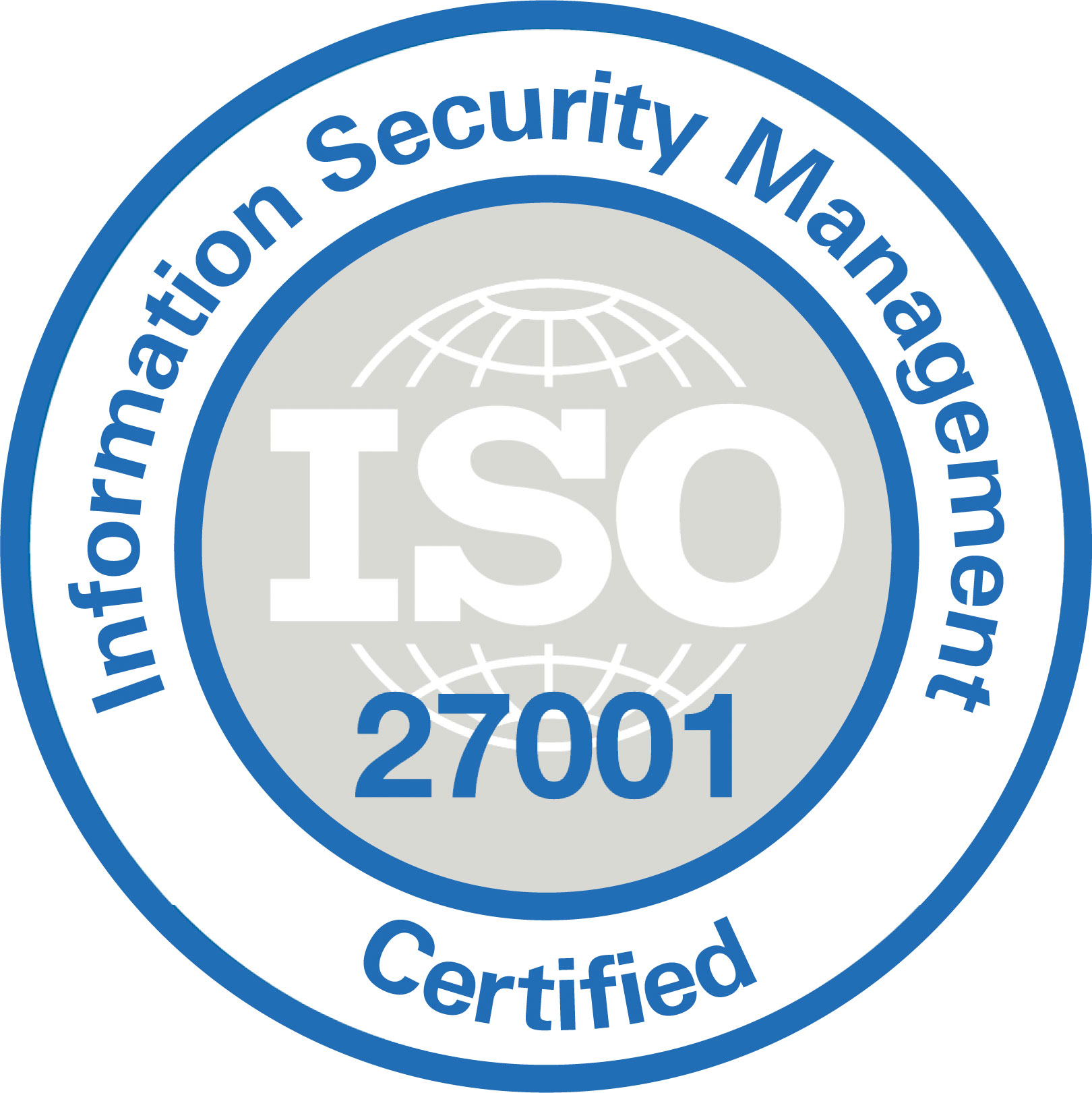- Solutions
- The Company
- About usCartrack offers smart fleet solutions guaranteed to optimise your fleet and workforce, no matter how big or small your business.
- Investor RelationsCartrack has a history of strong cash flow generation and cash conversion, low financial leverage and strong dividends.
- CareersCareers portal. View all the current Cartrack career openings and opportunities available.
- Resources
- Contact Us
- Bahasa
- Login
How to Conquer Route Deviation & the Hidden Costs Draining Your Fleet

---- 2024/04/23 ---
Route deviation defined
Imagine mapping out the ideal route for your delivery driver: avoiding traffic jams and unnecessary stops and taking the shortest possible route.
Then, for some reason, your driver veers off course, adding miles, minutes and fuel usage to the trip. Something you didn’t necessarily budget for. That is a classic example of route deviation — a detour that throws a carefully planned schedule and budget out the window.
While there are some legitimate reasons for route deviation, it often happens because drivers are just not sticking to planned routes as instructed.
Types and possible reasons for route deviation
Fleet managers know that even the most meticulously planned routes can hit an unforeseen bump with detours and unplanned stops. These "route deviations" can be caused by a range of factors, sometimes due to driver choices like unplanned breaks or taking shortcuts that are supposed to save time but end up having the opposite effect on fuel costs and efficiency.
However, not all detours are created equal; there are two types of route deviations and what they mean within a fleet-related context:
- Path deviations are like taking a wrong turn on the highway – the driver goes off the planned route, adding extra miles and minutes. These can happen for various reasons, from missing an exit to following bad GPS advice, and are considered accidental.
- Sequence violations, on the other hand, are more like stopping at your grandma before your aunt, even though you planned it the other way around. The driver might visit stops in a different order than planned and instructed, potentially impacting delivery times, disrupting workflows, and affecting fuel usage.
Understanding the two types of route deviations helps fleet managers pinpoint the root cause of the issue and take appropriate action. Was it a genuine mistake, a navigation error, or something else entirely? By addressing the "why" behind the detour, fleet managers can ensure efficient routes, reducing fleet costs. Advanced route deviation and optimisation technology make it even easier to ensure drivers stick to allocated routes, optimising savings.
Route deviation technology’s relevance in fleet management
Fleet management software offers route deviation systems because they help in:
- Productivity: While sticking to traditional routes provides an element of predictability that helps manage expectations, using route deviation detection technology can boost productivity without losing the element of predictability. Time is money, they say, and if your fleet can work more efficiently, you can put a stop to unnecessary cost drainages.
- Cost management and drainage: If you expect your fleet to travel on pre-planned routes, you most likely have a good reason for this, and from a fleet management perspective, it’s mostly to increase productivity and reduce fuel costs. Identifying and pinpointing where drivers veer off assigned routes helps you address the issue early on and proactively prevent extensive cost drainage.
Here’s why you want route deviation tech for your fleet
- Maximising visibility
Route deviation software acts as a watchful eye, constantly monitoring driver behaviour and vehicle location. Any deviation from the planned route is visible to the fleet manager, allowing them to investigate potential issues like unauthorised stops, inefficient detours, or even potential safety concerns.
- Optimising resource utilisation
This technology also plays a crucial role in unlocking the full potential of your fleet by optimising resource utilisation by helping ensure that every vehicle, driver, and drop-off is used with maximum efficiency. Imagine the chaos without it, you’d experience unplanned detours causing delays and waste fuel in avoidable traffic jams.
- Improving fleet analysis
In the world of fleet management, data is king, and route deviation software along with other telematics tools like driver behaviour monitoring can help pick up problem areas like excessive idling and harsh cornering and braking, which can lead to unplanned maintenance and expensive repairs.
- Happy customers
In the cold-chain industry, route deviation can lead to spoilt produce, unhappy customers, and piles of wasted money. Sticking to assigned routes is crucial in these types of industries to ensure the integrity of the products in transit, customer satisfaction, and no money wastage.
The benefits of detecting route deviation within your daily fleet activities span far and wide, but what about the questions you may still have about this unique cost-saving technology?
Here are some of the most popular FAQs around route deviation.

The most in-demand FAQs about route deviation and fleet management costs addressed
1. What are some costs associated with fleet management?
Running a fleet involves more than just keeping the wheels turning. Fleet managers juggle a variety of expenses, including:
- Fuel costs: Keeping the tanks filled is a major cost drain, influenced by vehicle choice, driving habits, route efficiency, and fluctuating prices.
- Insurance: Protecting your vehicles and drivers is crucial, but premiums vary depending on factors like coverage, claims history, and vehicle type.
- Depreciation: The value of your vehicles naturally decreases over time, impacting your overall budget.
- Fixed costs: Rent, salaries, utilities, and maintenance form a constant backdrop of expenses.
- Acquisition: Purchasing or leasing new vehicles requires careful budgeting and consideration of long-term costs.
- Licenses and permits: Keeping your vehicles legally compliant involves ongoing fees.
- Administration: Managing paperwork, payroll, and logistics can add another layer of cost if you don’t have the software to automate these processes.
Optimising each of these components is key to controlling costs and ensuring your fleet operates efficiently and profitably.
2. Which part of the fleet management system has high-cost expenses?
When it comes to fleet costs, it's not a one-size-fits-all answer. However, it all comes down to how problems and obstacles are handled and how swiftly issues like route deviation and bad driver behaviour are addressed. By implementing smart, proactive solutions like driver training and fuel monitoring, you can save significant amounts with early problem detection and smart problem-solving.
3. What fleet cost drainages are caused by route deviation?
While straying from planned routes might seem like a minor inconvenience, the financial impact on fleet operations can be significant. The most immediate cost drain is caused by bloated fuel consumption. Every unnecessary km driven means more fuel eating into your budget.
Route deviation also increases vehicle wear and tear, resulting in more frequent maintenance needs. This adds to your operational costs and increases the risk of unexpected breakdowns and repairs, potentially causing further delays and disruptions.
Ultimately, these added stresses shorten the lifespan of your fleet, forcing you to replace vehicles sooner than anticipated. So, remember, sticking to the route isn't just about efficiency; it's about protecting your bottom line.
4. How can fleet costs be reduced?
To keep fleet costs in check, you can use a simple but smart two-pronged approach of proactive planning and real-time monitoring.
Replacing vehicles before frequent repairs and untimely breakdowns turn them into financial liabilities is crucial.
Then, telematics and fuel tracking technology become another powerful tool to monitor your daily expenditure, allowing proactive decision-making that promotes short and long-term savings.
By combining strategic vehicle replacement with insights from telematics data, fleet managers can achieve significant cost reductions, ensuring fleet vehicles operate at peak efficiency and profitability.
5 Foolproof ways to reduce route deviation in your fleet
Route deviation software is a great tool and it works even better combined with other telematics and vehicle tracking solutions. Consider these five tools in combination with route deviation detection to start seeing real results in fleet savings.
1. Route planning
While a route first needs to be planned and established before route deviation can occur, route planning still plays a crucial role in minimising this cost-guzzling hiccup within fleet management, especially for delivery and field service businesses. Fleet managers can optimise routes by meticulously monitoring route deviation patterns and reasons why these deviations occur, leading to increased efficiency and route deviation.
2. Vehicle tracking
Tracking technology acts as a digital guardian in fleet management, not only for drivers but also by ensuring increased route efficiency. By using GPS tracking devices, managers can identify and address route deviations before they become regular costly detours. Additionally, analysing trip history data provides valuable insights into past deviations. By pinpointing recurring issues and understanding the "why" behind them, managers can implement targeted solutions like route adjustments or driver coaching, ultimately minimising future deviations and their associated costs.
3. Geofencing
By creating virtual boundaries around designated routes and delivery zones, geofencing acts like a digital guardrail that automatically alerts dispatchers or fleet managers when a driver enters or exits a geofenced area. This allows for timely intervention and helps prevent costly detours and possible safety issues. On top of that, geofencing goes beyond just location tracking. By using it with time-tracking software and driver ID tags, you can gain valuable insights into employee activity within designated or marked zones, ensuring efficient operations and optimised schedules. You’ll always know which driver entered a designated area at what time, how long they were there, and when they left.
4. Regular driver performance assessments
The key to conducting regular driver performance assessments is tracking driver behaviour daily. This enables you to detect possible trends in risky driver behaviours like speeding, harsh cornering and braking, and even excessive idling, helping you conduct assessments and create accurate corrective training programs that will give you the results you need to run a profitable fleet while keeping drivers accountable every time they switch on the ignition.
5. Live driver monitoring
While route deviation software can help you spot these issues and provide a bird’s eye view of what routes drivers are taking (or not taking), live driver monitoring using AI-powered or live stream cameras provides more insight into what’s happening inside the cabin and reveal driver behaviour that may contribute to route deviation that may not be detected otherwise. Additionally, live driver monitoring helps offer insight into accidents and any emergencies drivers may be experiencing, whether they’re sticking to the allocated route or deviating.

We’ve got the cost-cutting tools to eliminate route deviation and optimise fleet management
If you’re searching for a product that embodies an all-in-one solution for fleet management, search no more. Cartrack has an all-in-one platform designed to combat cost-draining fleet management concerns like route deviation.
- Route planning and optimisation: Shave costly km off your routes and say goodbye to route deviation with advanced route planning software. Choose the most efficient routes by reducing travel times and improving routes based on traffic and historical data.
- Geofencing: Know when your drivers enter or exit designated zones with Cartrack’s geofencing. Create virtual boundaries around important areas, hazardous zones, and work sites to optimise fuel expenditure and reduce route deviation.
- Delivery: Cut costs with faster, more efficient deliveries using the Cartrack Delivery app. With live tracking, driver performance metrics, route optimisation and automated easy task assignment, you can say goodbye to unnecessary detours and straying off-route.
- Driver behaviour monitoring: Increase route compliance and improve fuel efficiency by keeping drivers accountable for harsh braking, speeding, and harsh turning. In turn, you save significantly on fuel and vehicle maintenance in the long run.
Contact us today and start benefitting from telematics and vehicle tracking technology that helps eliminate route deviation, resulting in significant savings.













 Select Countries
Select Countries